
How Hydroponic Farming Reduces Air and Soil Pollution
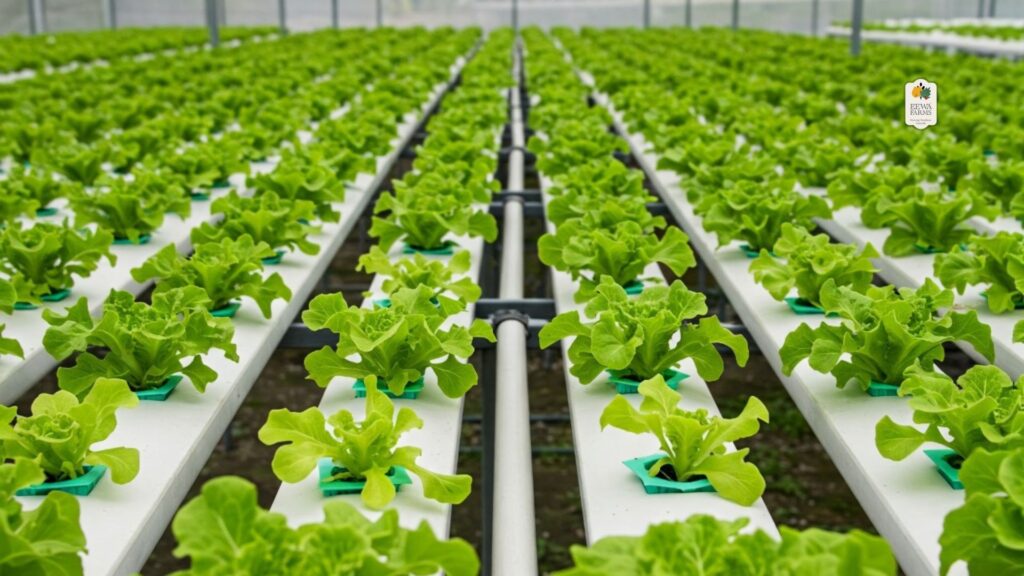
As environmental concerns mount, agriculture’s contribution to air and soil pollution is under greater scrutiny. From fertilizer leaching and pesticide runoff to ammonia emissions and heavy machinery use, conventional farming significantly degrades the natural ecosystem. In contrast, hydroponic farming—a controlled-environment method of growing crops without soil—offers a cleaner, more sustainable model. By design, hydroponic systems limit external contamination and reduce environmental degradation across critical dimensions.
Zero Soil Dependency Eliminates Agricultural Land Degradation
Traditional farming relies on arable land, often requiring plowing, tilling, and soil amendments that degrade soil structure and microbial health. Continuous cropping also leads to topsoil erosion, salinity buildup, and loss of organic matter. Hydroponic farms eliminate these processes entirely.
At Eewa Farms, crops grow in closed-loop, soil-free systems such as NFT channels, Dutch buckets, and cocopeat grow bags. This approach:
- Prevents soil exhaustion and erosion
- Avoids pesticide and fertilizer runoff
- Supports year-round crop cycles without land fallowing
This not only preserves land health but also supports urban and peri-urban agriculture in areas with poor or contaminated soils.
No Agricultural Runoff = Zero Soil and Water Table Contamination
One of the most serious contributors to soil and groundwater pollution is agricultural runoff, where excess nitrogen, phosphorus, and pesticide residues seep into surrounding ecosystems. These chemicals disrupt local biodiversity, contaminate drinking water, and cause conditions like eutrophication in nearby water bodies.
In hydroponic farms like Eewa, nutrient delivery is precision-controlled via recirculating fertigation systems. These systems:
- Deliver only the required nutrients to each plant
- Reuse nutrient water within the system
- Prevent leaching into surrounding land or groundwater
This results in zero nutrient loss, no chemical seepage, and minimal freshwater consumption—ensuring a closed, clean operation.
-
Sale!
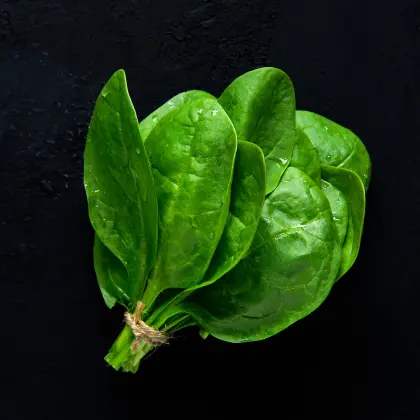 This product has multiple variants. The options may be chosen on the product page
This product has multiple variants. The options may be chosen on the product pageSpinach Large Leaf (Hydroponically Grown)
₹55.00 – ₹538.00 -
Sale!
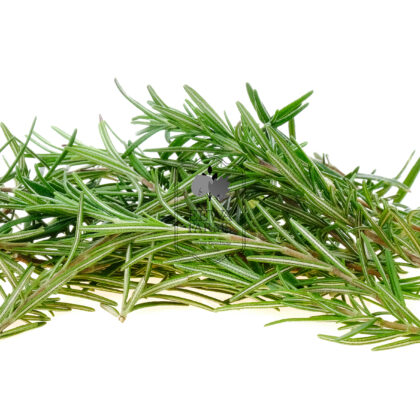 This product has multiple variants. The options may be chosen on the product page
This product has multiple variants. The options may be chosen on the product pageRosemary (Hydroponically Grown)
₹49.00Original price was: ₹49.00.₹45.00Current price is: ₹45.00. -
Sale!
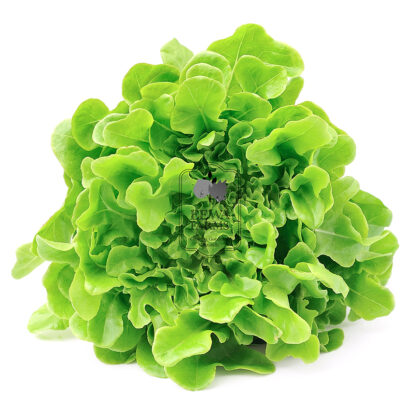 This product has multiple variants. The options may be chosen on the product page
This product has multiple variants. The options may be chosen on the product pageLettuce Locarno (Hydroponically Grown)
₹84.00Original price was: ₹84.00.₹65.00Current price is: ₹65.00. -
Sale!
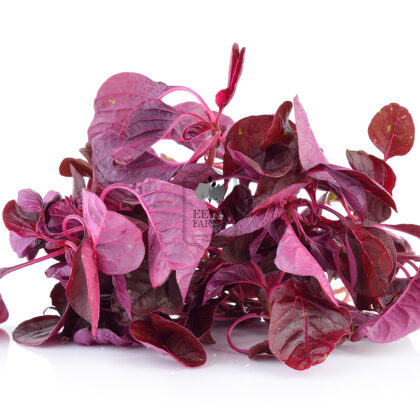 This product has multiple variants. The options may be chosen on the product page
This product has multiple variants. The options may be chosen on the product pageAmaranth (Hydroponically Grown)
₹60.00 – ₹228.00
Elimination of Field-Scale Pesticide Use
Pesticides are a major source of airborne and soil toxins in conventional agriculture. They degrade soil microbial life, leach into aquifers, and volatilize into surrounding air, impacting both environmental and human health.
Hydroponic cultivation at Eewa Farms occurs in insect-proof, biosecure environments, which enables:
- Drastic reduction or total elimination of pesticides
- Use of biological pest control and integrated pest management (IPM)
- Cleaner produce without surface residues
The result is not just food safety for consumers but also less air pollution from pesticide application, including lower Volatile Organic Compound (VOC) emissions.
Lower Air Pollution from Reduced Farm Mechanization
Conventional agriculture uses heavy diesel-powered machinery for plowing, sowing, irrigation, pesticide spraying, and harvesting—significantly contributing to carbon dioxide (CO₂), nitrogen oxide (NOₓ), and particulate matter (PM2.5 and PM10) emissions.
Hydroponic farms like Eewa use automation and compact indoor systems that eliminate large machinery. This reduces:
- Fossil fuel dependency
- Dust and particulate emissions from open fields
- Carbon footprint per kilogram of yield
In many cases, solar-powered lighting and irrigation automation further lower greenhouse gas emissions.
Controlled Inputs = Controlled Emissions
In hydroponics, every variable—from nutrient composition to humidity and ventilation—is systematically managed. Unlike conventional farming, where nitrogen volatilization from open-field urea contributes to ammonia emissions, hydroponics locks nutrients within the system. This prevents:
- Ammonia release into the atmosphere
- Odorous emissions from decaying plant matter or animal inputs
- Overuse of inputs that stress the ecosystem
Eewa Farms uses real-time environmental monitoring to balance temperature, humidity, pH, and nutrient conductivity—ensuring maximum plant uptake and minimal environmental waste.
Compact Infrastructure Leads to Urban Emission Reduction
Hydroponic systems occupy less space and can be set up closer to consumer hubs. This shortens the food supply chain and reduces:
- Fuel emissions from long-haul transportation
- Packaging and cold-storage requirements
- Post-harvest waste
By bringing clean farming into urban and semi-urban areas, Eewa Farms helps reduce pollution generated across the farm-to-fork supply chain.
Conclusion
Hydroponic farming addresses critical environmental challenges that traditional agriculture often exacerbates. Through closed-loop nutrient systems, soil-free cultivation, and pesticide-free environments, hydroponics significantly lowers the environmental footprint of food production. At Eewa Farms, this model is implemented not only for efficiency and quality—but to contribute to a cleaner, safer, and more sustainable food ecosystem in India.



